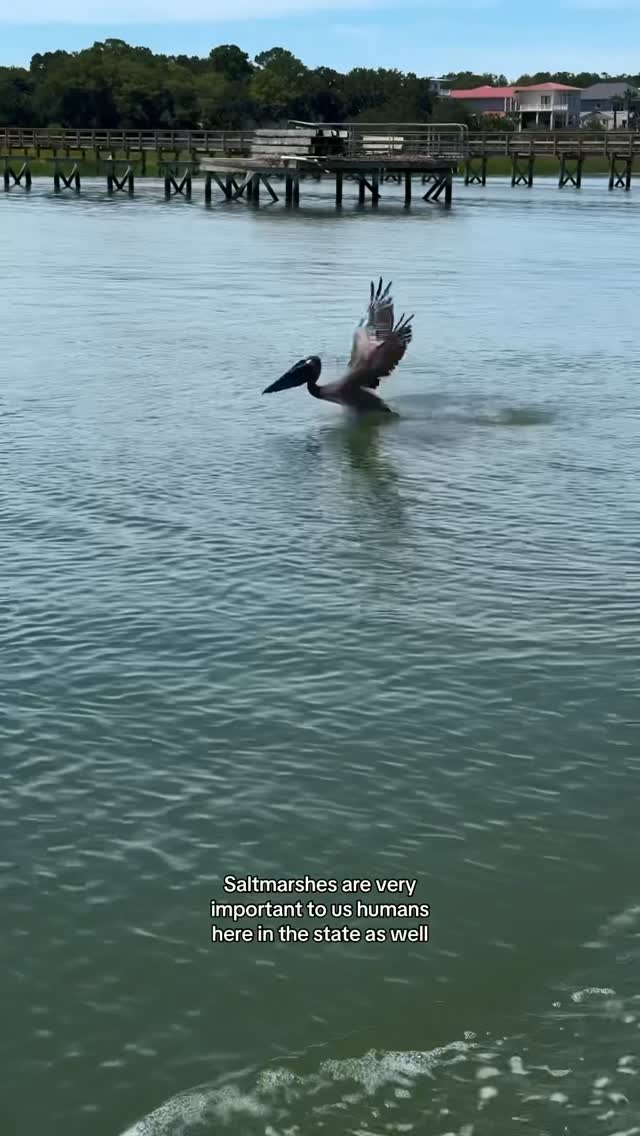- The role of pluff mud in the ecosystem of the Lowcountry
- Understanding hydrogen sulfide and its formation in salt marshes
- The ecological importance of salt marshes for wildlife
- Conservation efforts to protect these vital ecosystems
- The relationship between pluff mud and local wildlife species
Salt marshes, often overlooked in their ecological significance, play a vital role in maintaining environmental balance, especially in coastal areas like the Lowcountry. One of the prominent features of these marshes is the familiar rotting-egg scent, a result of hydrogen sulfide produced by pluff mud. This seemingly unpleasant odor is a sign of a thriving ecosystem essential for maintaining biodiversity and providing critical ecosystem services.
Pluff mud, historically referred to as “plough mud,” is a nutrient-rich substance found in salt marshes. It originated from the accumulation of sediments and organic materials over time. This thick, black mud is key to buffering flood waters, which helps protect inland areas from storm surges and sea-level rise. Its absorptive capacity enables it to act as a natural sponge, mitigating the potential damage caused by extreme weather events.
Hydrogen sulfide, the compound responsible for the distinctive smell, forms naturally in anaerobic (oxygen-poor) conditions typical of pluff mud environments. In these conditions, bacteria break down organic material, releasing sulfur compounds. As they decompose further, hydrogen sulfide is emitted, contributing to the characteristic scent. Although unpleasant, this process is integral to the cycling of nutrients, supporting the productivity and health of marsh ecosystems.
Salt marshes serve as critical nurseries for numerous species, providing habitat and food for a wide range of wildlife. Species such as fish, crabs, and birds rely on these marshes for breeding and feeding grounds. The dense vegetation of these areas offers shelter and protection, ensuring the survival of juvenile species which contribute to the greater wildlife food web. As these young organisms mature and move into the larger ecosystem, they play crucial roles in maintaining biodiversity and ecological balance.
The conservation of salt marshes is pivotal for sustaining their multifaceted ecological functions. Human activities, climate change, and urban development threaten these sensitive habitats. Efforts to preserve salt marshes involve protecting existing areas, restoring degraded habitats, and implementing sustainable land-use practices. Conservation organizations and local governments work together to monitor and manage these ecosystems, ensuring their continued contribution to biodiversity and environmental health.
Salt marshes, with their rich pluff mud, have a symbiotic relationship with local wildlife. Many bird species, such as egrets and herons, are often seen foraging in these areas, taking advantage of the abundant food supply. Moreover, the presence of pluff mud is beneficial to invertebrates, supporting a diverse range of crabs, snails, and worms that thrive in its unique conditions. Understanding and appreciating these interactions enhances our awareness of the interconnectedness of life within these environments.
The next time you encounter the distinct smell of hydrogen sulfide from a salt marsh, consider the critical role these landscapes play. They act as natural flood buffers, biodiversity hot spots, and pollution filters. By protecting these ecosystems, we ensure the continued balance and health of our environment, vital for both human and wildlife communities.
*****
Source Description
What’s that smell? 💨 It’s hydrogen sulfide produced by our local saltmarshes!
If you’ve ever come across the Lowcountry’s familiar rotting-egg scent, you’ve found our notorious pluff mud. Originally named “plough mud,” this nutrient-rich substance is critical to the area in buffering flood waters, providing a nursery to countless species and filtering pollutants to keep our waterways clean. The next time you encounter this familiar scent, celebrate and say a thank you to this impactful landscape! 💙🌾
.
.
.


